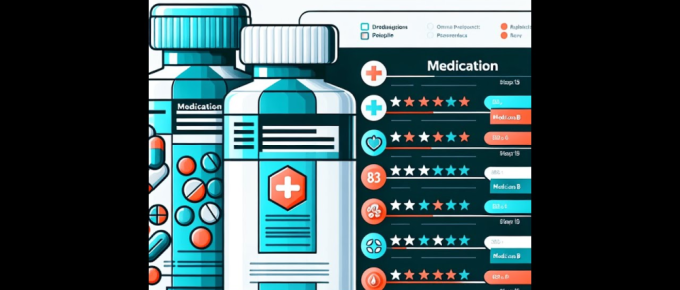నేచర్ మంత్ర వారి స్వీట్స్ తింటే షుగర్ తగ్గుతుంది #diabetesdiet #sweets #naturemantra Contact Details: T.Prabhakar 7416424254 7702924200 …
Medicine Use To Treat Diabetes: List Of Common Diabetes Medications
There are several types of medications used to treat diabetes, each working in different ways to help manage blood sugar levels. The choice of medication depends on various factors including the type …
Continue Reading about Medicine Use To Treat Diabetes: List Of Common Diabetes Medications →
Trulicity Vs Ozempic Which Medication Is Best For Managing Type 2 Diabetes
Trulicity Vs Ozempic Ozempic vs. Trulicity: Exploring the Best GLP-1 Agonist for Diabetes and Weight Loss The battle of the GLP-1 agonists rages on in the world of diabetes management and weight …
Continue Reading about Trulicity Vs Ozempic Which Medication Is Best For Managing Type 2 Diabetes →


